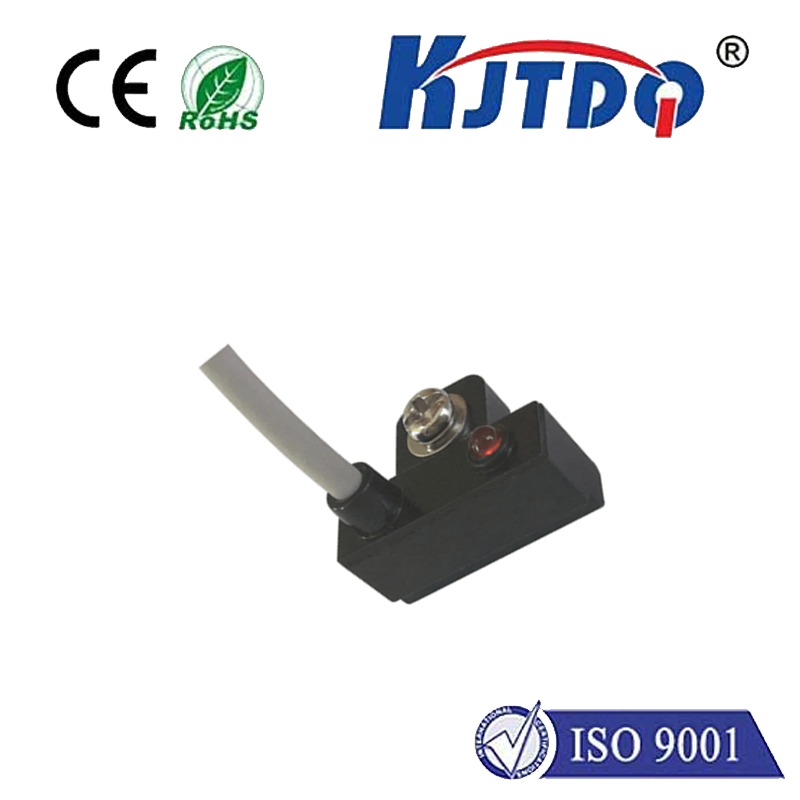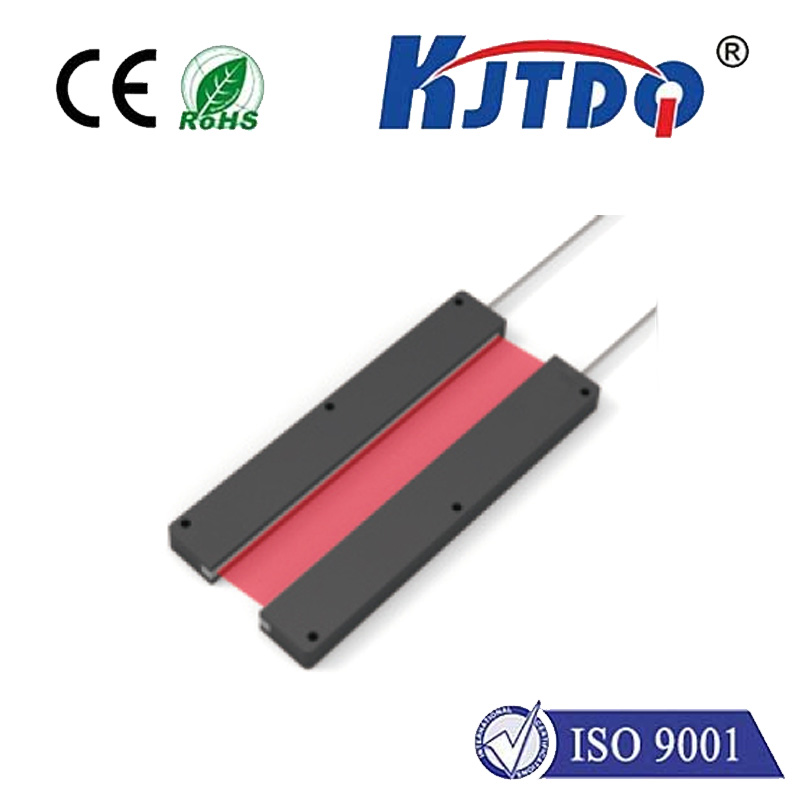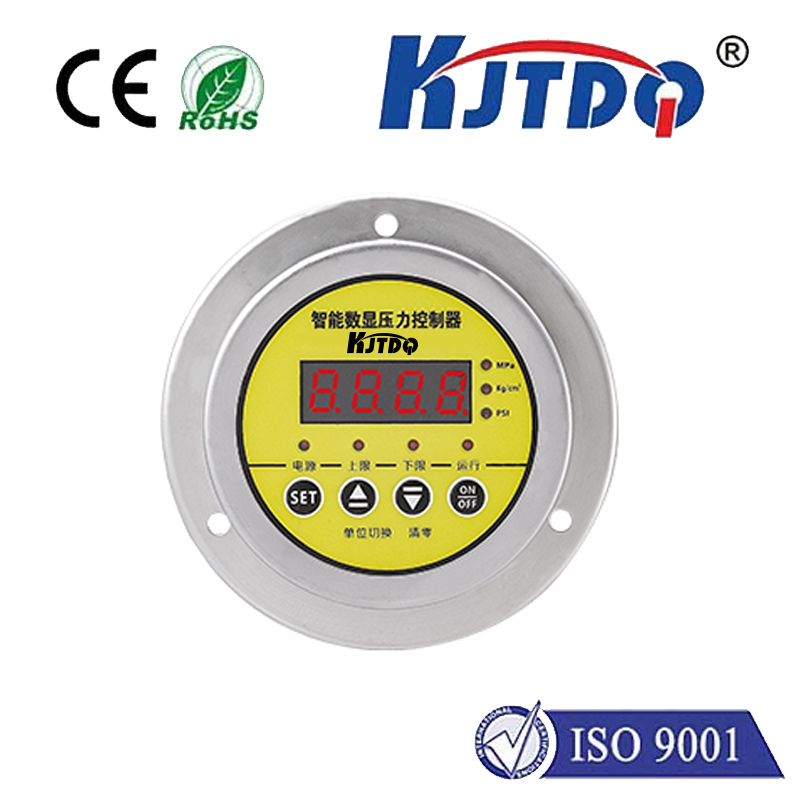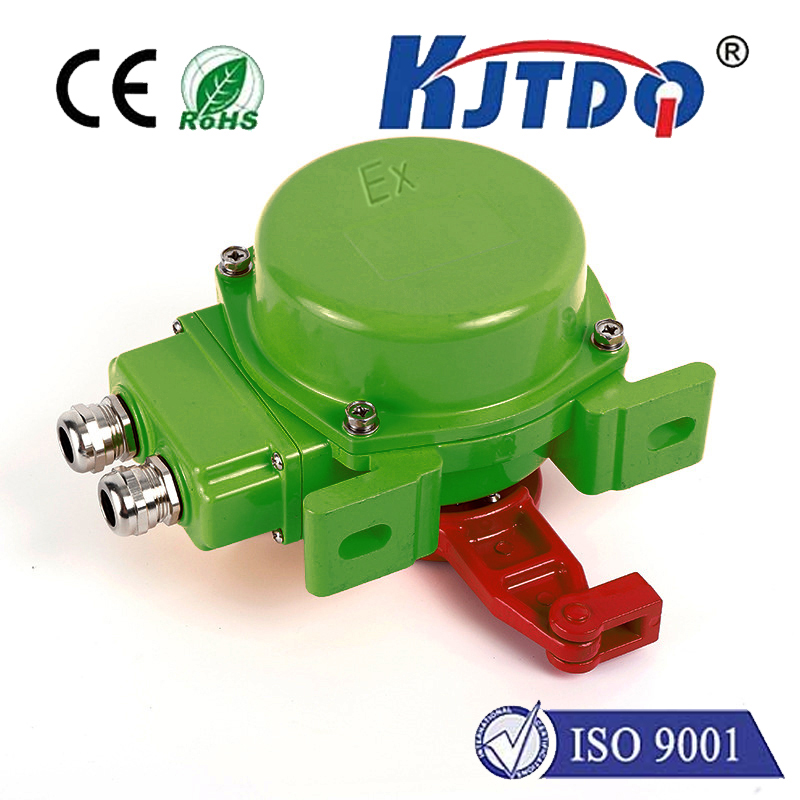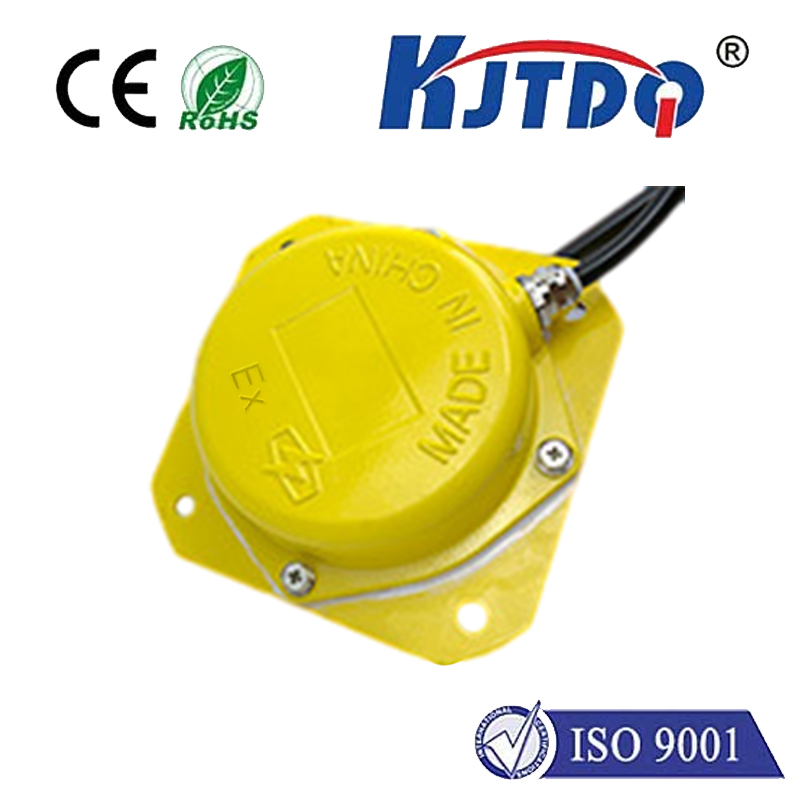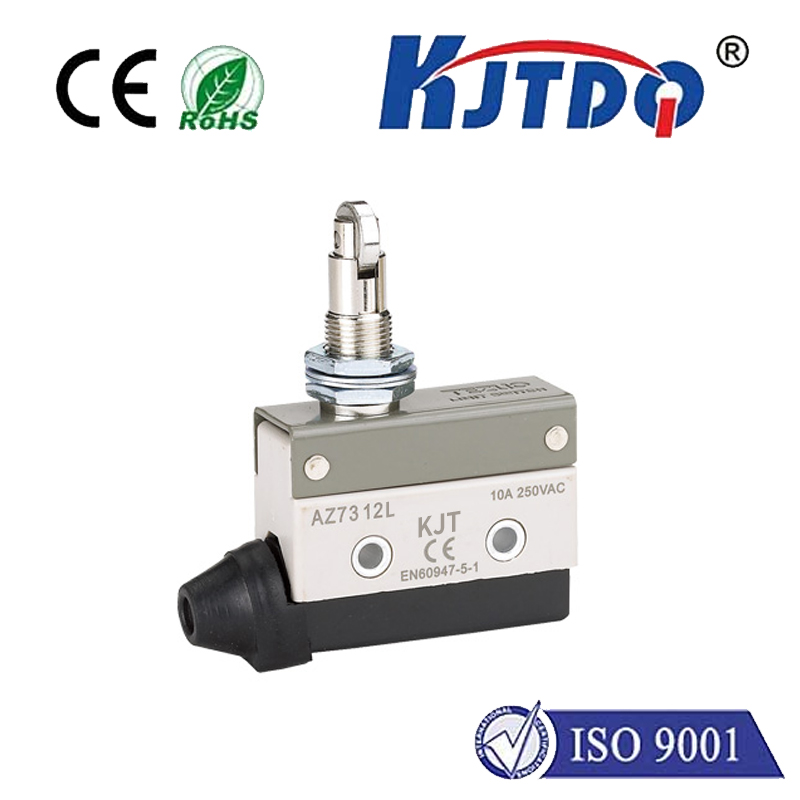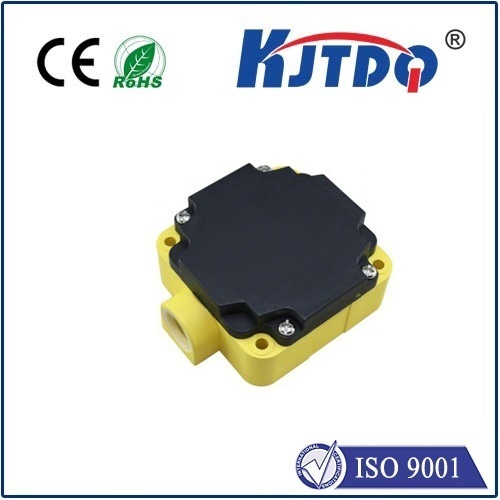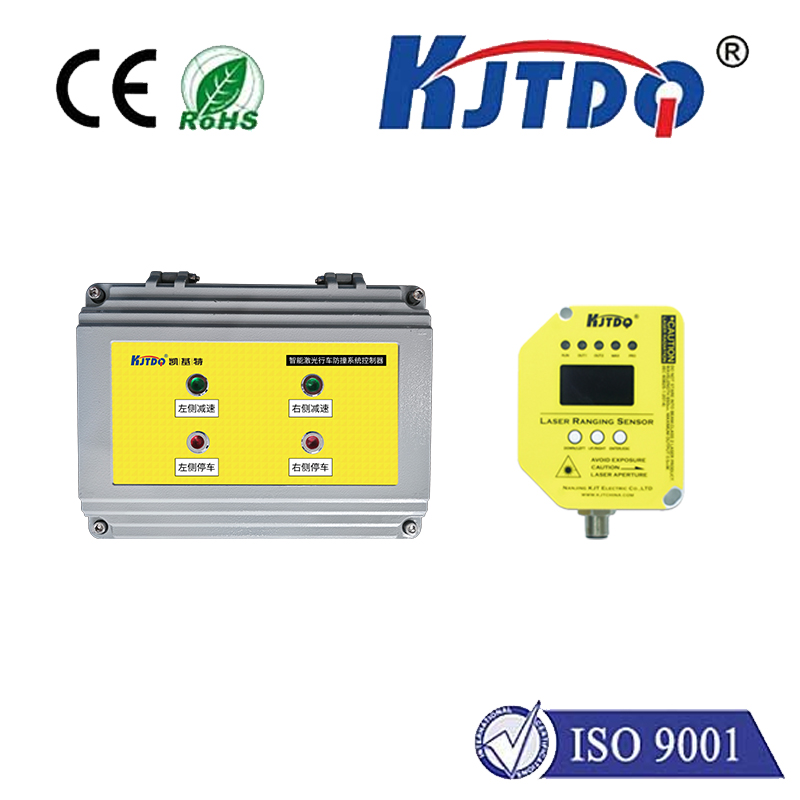immersion temperature sensor
- time:2025-08-21 03:04:25
- Нажмите:0
The Ultimate Guide to Immersion Temperature Sensors: Precision Measurement in Liquid Applications
Accurate temperature measurement isn’t just a matter of convenience – it’s often the critical variable determining product quality, process efficiency, and even safety. Imagine a batch of life-saving pharmaceuticals spoiled by a slight temperature deviation, or industrial machinery damaged by overheating coolant. In countless scenarios involving liquids – from brewing your morning coffee to refining petroleum – knowing the exact temperature is paramount. Immersion temperature sensors stand as the frontline technology for direct, reliable liquid temperature measurement. This guide delves into their operation, types, critical applications, and best practices, empowering you to select and implement the ideal solution for your specific needs.
Understanding the Core: What is an Immersion Temperature Sensor?
At its essence, an immersion temperature sensor (ITS) is a probe specifically designed to be submerged directly into a liquid medium to measure its temperature accurately. Unlike surface sensors or air sensors, ITS probes are engineered to withstand direct contact with various liquids, including water, oils, chemicals, fuels, and food products, across a wide range of temperatures and pressures. The core temperature-sensing element – typically a Resistance Temperature Detector (RTD) like Pt100 or Pt1000, or a thermocouple – is housed within a protective sheath, often constructed from stainless steel, Inconel, or other corrosion-resistant alloys. This sheath physically isolates the sensitive element from the process media while ensuring efficient thermal transfer.
How Do Immersion Probes Work? The Science Behind the Measurement
The principle behind immersion sensors leverages the fundamental relationship between temperature and electrical properties:

- RTDs: These sensors rely on the predictable increase in electrical resistance of pure metals (like platinum) as temperature rises. An RTD probe contains a fine wire or thin-film element whose resistance is measured precisely. This resistance value is then converted into a highly accurate temperature reading using standardized curves (e.g., IEC 60751). RTD immersion sensors are renowned for their exceptional accuracy, stability, and linearity over a broad range.
- Thermocouples: These sensors operate on the Seebeck effect, where joining two dissimilar metals creates a voltage proportional to the temperature difference between the measurement junction (tip of the probe, immersed in the liquid) and the reference junction (connection point at the instrument). Thermocouples offer wider temperature ranges than RTDs and faster response times, often at a lower cost, though with slightly less absolute accuracy.
The sensor’s protective sheath and internal construction (often involving mineral insulation like MgO for thermal conductivity and electrical isolation) ensure the sensing element responds rapidly and accurately to changes in the liquid’s temperature, transmitting the signal via connecting wires to a transmitter, controller, or data acquisition system.
Key Types and Configurations: Choosing the Right Form Factor
Immersion sensors come in diverse forms to suit various applications:
- Straight Probes: The most common type, featuring a cylindrical sensing tip at the end of a rigid stem. Available in numerous standard lengths and diameters or custom-designed. Ideal for tanks, pipelines, and reservoirs.
- Armored (Flexible) Probes: Utilize a flexible metal sheath housing the sensor element, allowing installation in confined spaces or where routing around obstructions is necessary. Offers good mechanical protection.
- Thermowell-Mounted Probes: This is often the recommended best practice for harsh or critical processes. The sensor probe is inserted into a separate thermowell – a protective tubular fitting welded or threaded into the process vessel. This allows for sensor removal for calibration or replacement without shutting down the process or draining the vessel. Thermowells also shield the sensor from high pressure, flow-induced vibration, and corrosive media. Proper thermowell design is crucial for accurate measurement and system integrity.
- Specialized Designs: Include bayonet-style probes for quick insertion/removal, sanitary/hygienic designs for food/pharma (featuring Tri-Clamp or similar fittings, smooth surfaces), and probes with specific certifications (ATEX/IECEx for hazardous areas).
Critical Applications Spanning Industries
Immersion temperature sensors are indispensable across a vast spectrum of industries:
- HVAC/R: Monitoring chilled water, condenser water, boiler feedwater, and refrigerant temperatures in heating, ventilation, air conditioning, and refrigeration systems.
- Industrial Process Control: Essential for precise temperature regulation in chemical reactors, oil refineries, power generation (cooling circuits), plastic molding, and metal treatment baths.
- Food & Beverage Processing: Ensuring safety and quality during pasteurization, sterilization, cooking, fermentation (brewing, winemaking), chilling, and storage of liquids like milk, juices, oils, and syrups. Sanitary sensor designs are mandatory here.
- Pharmaceutical & Biotechnology: Critical for maintaining strict temperature control in bioreactors, fermenters, purification processes, clean-in-place (CIP) systems, and sterile water preparation. Accuracy and certification (e.g., FDA compliance) are paramount.
- Water & Wastewater Treatment: Monitoring influent/effluent temperatures, process tanks (aeration, digestion), and disinfection stages.
- Research & Development: Used in laboratories for experiments involving liquids, environmental chambers, and calibration baths.
Best Practices for Installation and Maximum Accuracy
Simply dropping a sensor into a liquid isn’t sufficient for reliable data. Follow these key guidelines:
- Sufficient Immersion Depth: This is Вот. most critical factor. The sensor must be immersed deep enough so that the sensing element (typically the first 1-2 inches of the tip) is fully surrounded by the liquid, well beyond any thermal gradients near the surface or vessel walls. A common rule of thumb is to immerse at least 5-10 times the probe diameter. Insufficient depth causes stem conduction error, where heat travels up the probe stem, skewing the reading.
- Optimal Location: Place the sensor where it best represents the average process liquid temperature. Avoid dead zones, areas near heating/cooling inlets (unless measuring point temperature near them is the goal), or direct sunlight exposure. Ensure adequate flow across the sensor tip if the liquid is static.
- Thermowell Considerations: If using a thermowell, ensure it’s correctly sized (bore diameter matches the sensor, length provides sufficient immersion). The tip of the sensor probe must make good thermal contact with the bottom of the thermowell pocket (often via thermal paste or spring loading) to minimize lag. Consider thermowell material compatibility with the process fluid and potential vibration effects (“wake frequency” calculation).
- Secure Mounting: Use appropriate process connections (NPT, BSP, flange, Tri-Clamp) to securely mount the sensor or thermowell, ensuring it remains firmly positioned and leak-proof. Protect the connection head/cable from moisture and physical damage.
- Calibration & Maintenance: Regularly calibrate sensors against a traceable standard to maintain accuracy. Inspect probes for damage, coating buildup (insulation), or corrosion, especially in harsh environments. Clean probes compatible with CIP/SIP processes appropriately.
Selecting the Right Immersion Sensor: Key Considerations
Choosing the best ITS involves analyzing your specific requirements:
- Temperature Range: What min/max temperatures will the sensor encounter?
- Process Medium: What liquid is being measured? Consider chemical compatibility, viscosity, abrasiveness, and potential fouling. This dictates sensor/sheath/thermowell material (304SS

